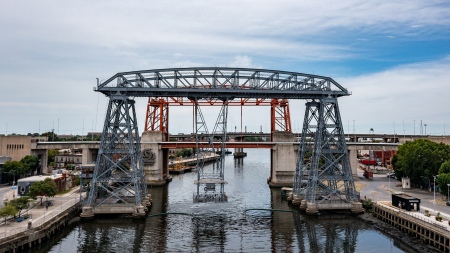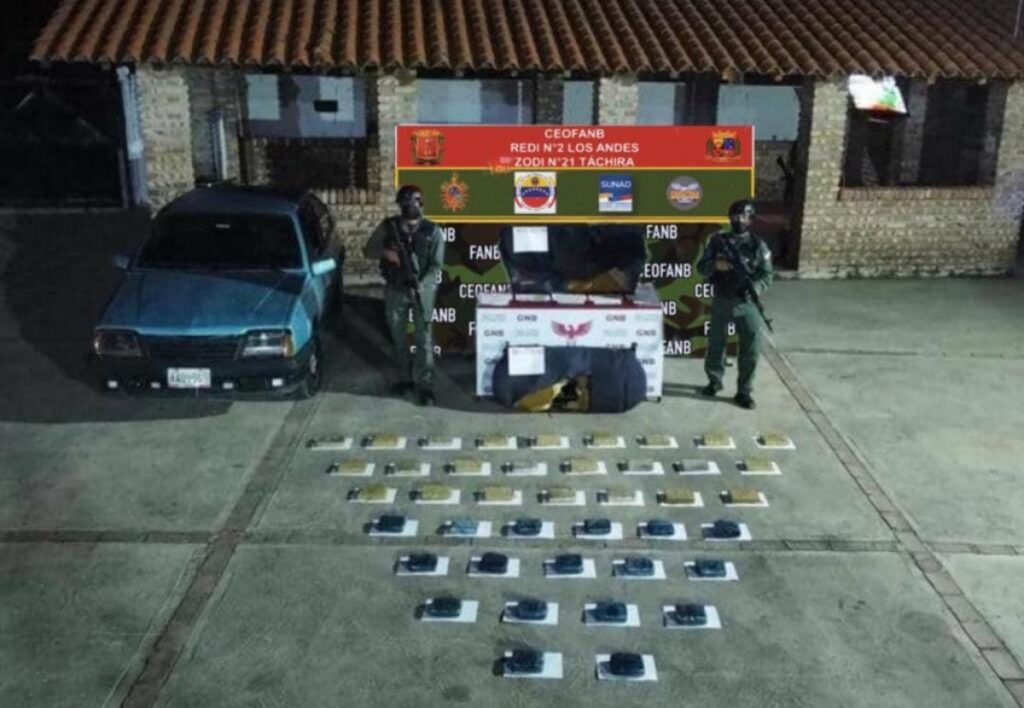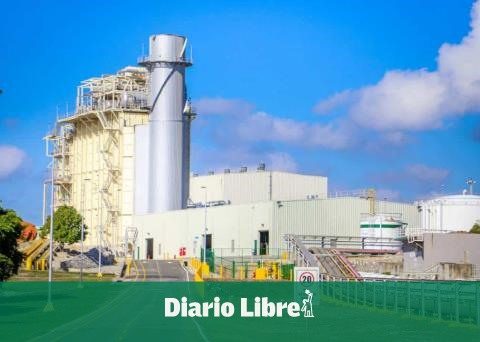The ferries are a type of mobile bridge, the invention of the Spanish architect and engineer Alberto de Palacio, which was applied in navigable rivers so as not to interrupt the traffic of the boats.
He ferry Nicolas Avellanedathe only one of its kind in South America, is a metal colossus with 53-meter-high towers, in which a gondola transports people from the Buenos Aires neighborhood of La Boca to Maciel Island in Avellaneda.
Symbol of the arrival of the industrial revolution in Argentina, in 1960 it was decided to terminate its service. In 2019 it was put back into operation to coincide with a campaign for it to be declared a World Heritage Site by Unesco and share that award with Bizkaia in Spain.
In an initiative that seeks to value this mythical transport, National Highway and Acumar carry out free trips and open to the public every Friday and Saturday in January and February, from 10 a.m. to 4 p.m.
On each trip, 25 people can board, withdrawing a ticket at the Environmental Interpretation Stations of La Boca (Martín Rodríguez and Pedro de Mendoza) and Isla Maciel.
The eight surviving ferries in the world
Recently formed, the World Ferry Association seeks to bring together and preserve the eight surviving bridges of this type.
The following are the eight ferries still standing: Bizkaia (Spain-1900), Rochefort (France-1900), Newport (United Kingdom-1906), Osten (Germany-1908), Middelsbrough (United Kingdom – 1911), Rendsburg (Germany -1913), our Nicolás Avellaneda (1914) and the Warrington (United Kingdom – 1916).


















